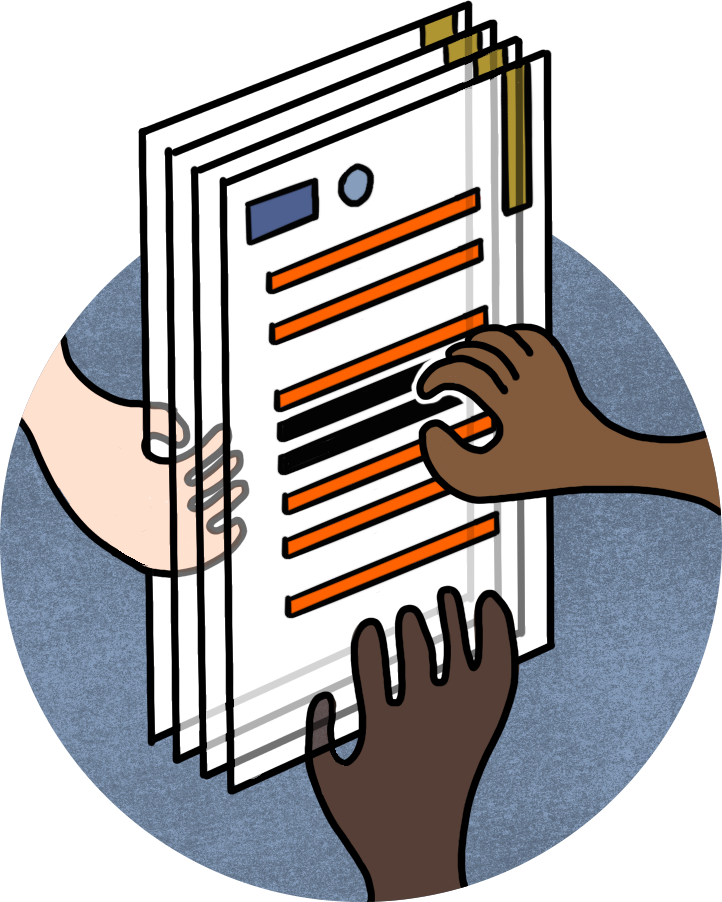The Wyoming Language and Literacy Plan (WLLP) addresses the evolving literacy opportunities students encounter as they transition into and through secondary education. This stage is pivotal in academic development, demanding a framework that ensures continuity through evidence-aligned instruction and targeted interventions. With over a third of fourth-grade students and a quarter of eighth-grade students reading below basic proficiency, closing these gaps is a clear and urgent priority. As academic demands increase in middle and high school, fostering advanced reading, writing, and comprehension skills becomes essential for immediate academic success and long-term outcomes (Roberts et al., 2008; Kamil et al., 2008).
The WLLP emphasizes evidence-based practices as the foundation for addressing adolescent literacy, recognizing it as integral to academic achievement. Aligned with IES What Works Clearinghouse (WWC) recommendations, the plan adopts a multi-faceted approach. Drawing from Providing Reading Interventions for Students in Grades 4–9, strategies include developing decoding skills for multisyllabic words, fluency-building activities, comprehension practices, and introducing stretch texts to engage students with complex ideas (WWC, 2022). Further guidance from Teaching Academic Content and Literacy to English Learners in Elementary and Middle School emphasizes intensive academic vocabulary instruction, integrating oral and written language instruction, and providing structured opportunities to develop writing skills (WWC, 2014). Additionally, insights from Teaching Elementary School Students to Be Effective Writers highlight explicitly teaching writing strategies, integrating reading and writing tasks, and using regular assessments to provide targeted feedback and monitor progress (WWC, 2012). Together, these strategies provide systematic instruction, differentiated support, and access to high-quality materials, fostering literacy growth and lifelong learning for students in grades 4–9.
Grounded in the Wyoming Evidence-Based Language and Literacy Framework, as detailed in Component 6, this guidance document supports families—acknowledged as the first and enduring educators of their children—educators, literacy leaders, and stakeholders. Through collaborative efforts across disciplines, educators can equip students with the skills to navigate complex academic texts, articulate ideas effectively, and build confidence as independent learners. These efforts ensure students transition successfully from middle school to high school, graduating prepared with the literacy skills, knowledge, and habits necessary to thrive in post-secondary opportunities.






